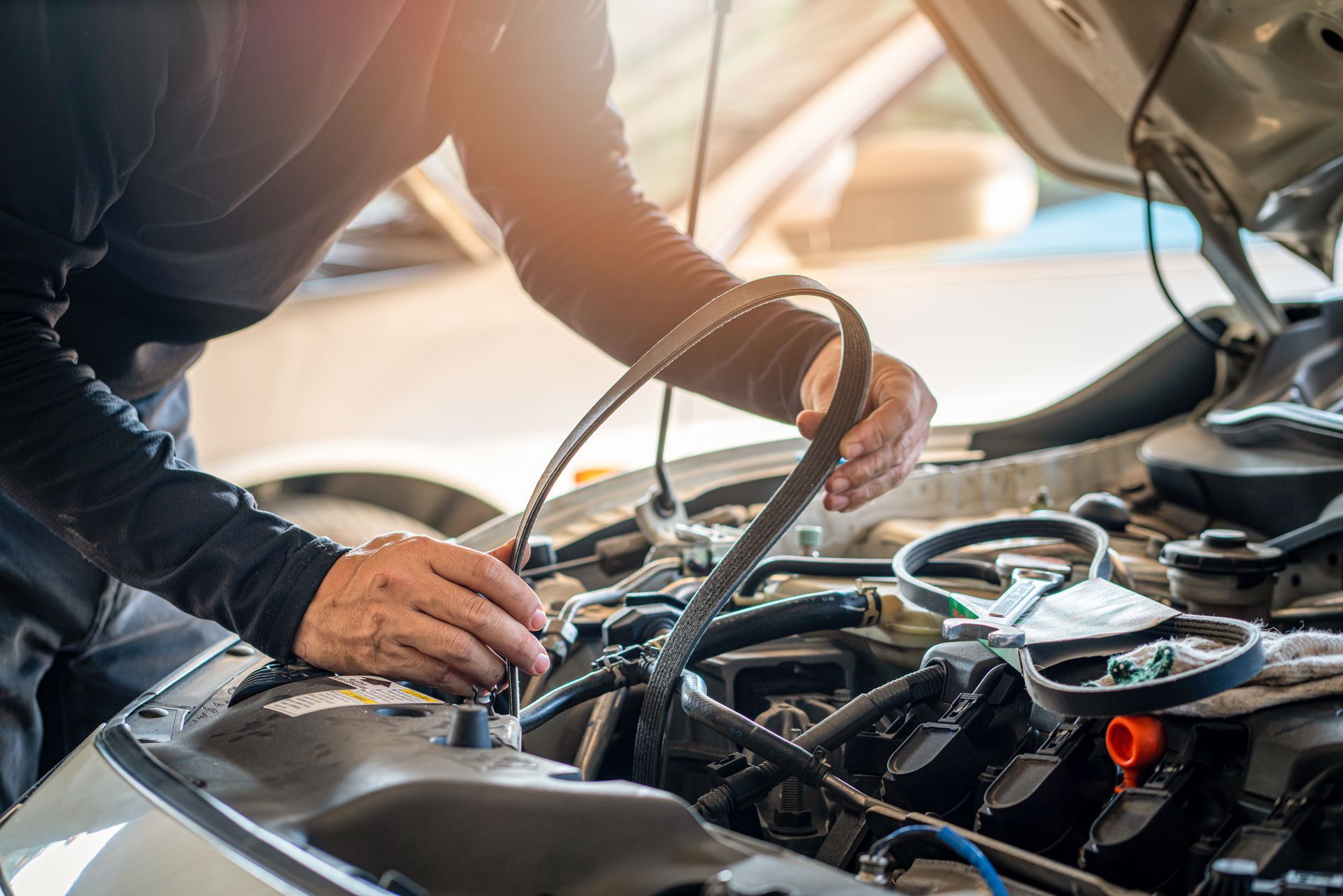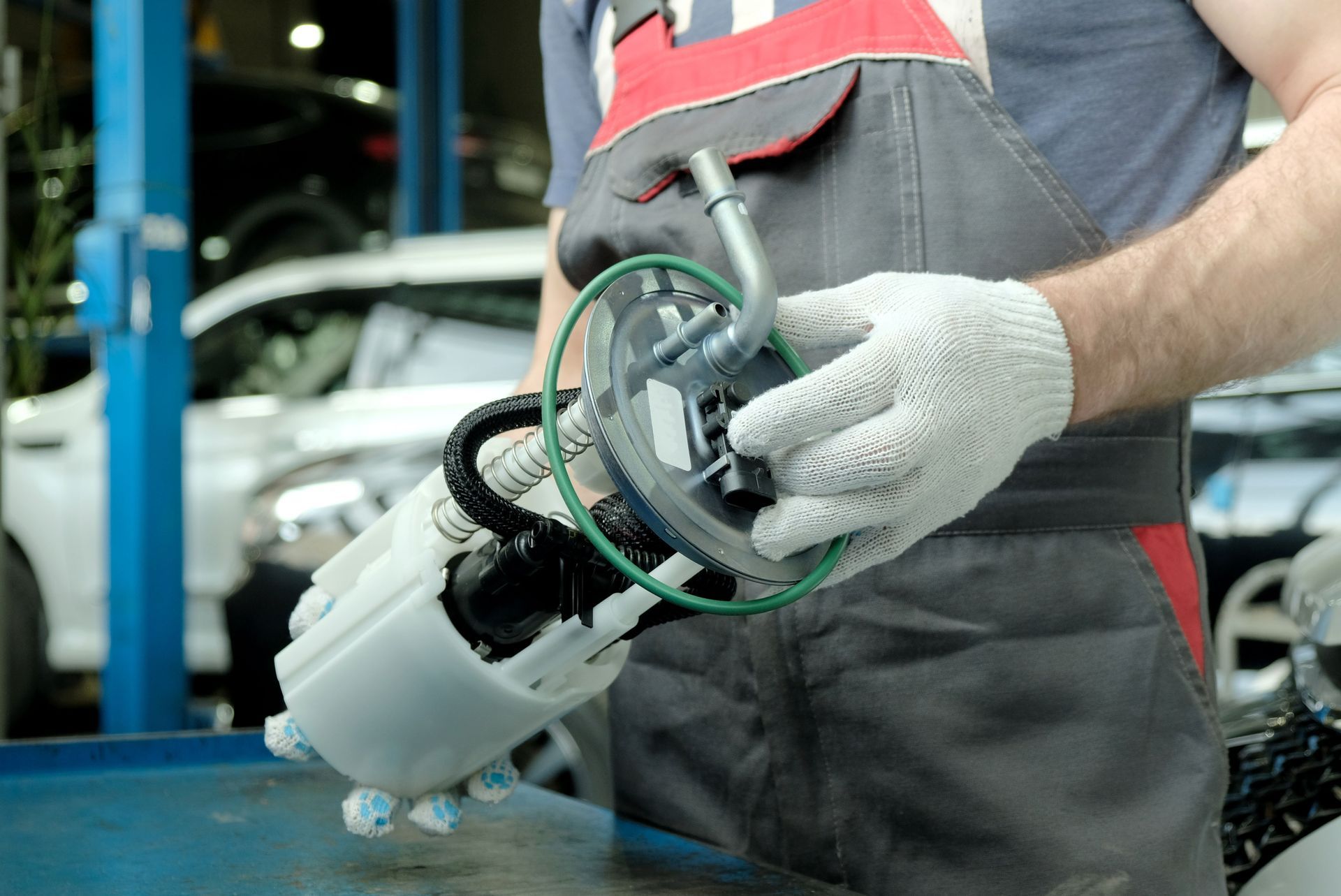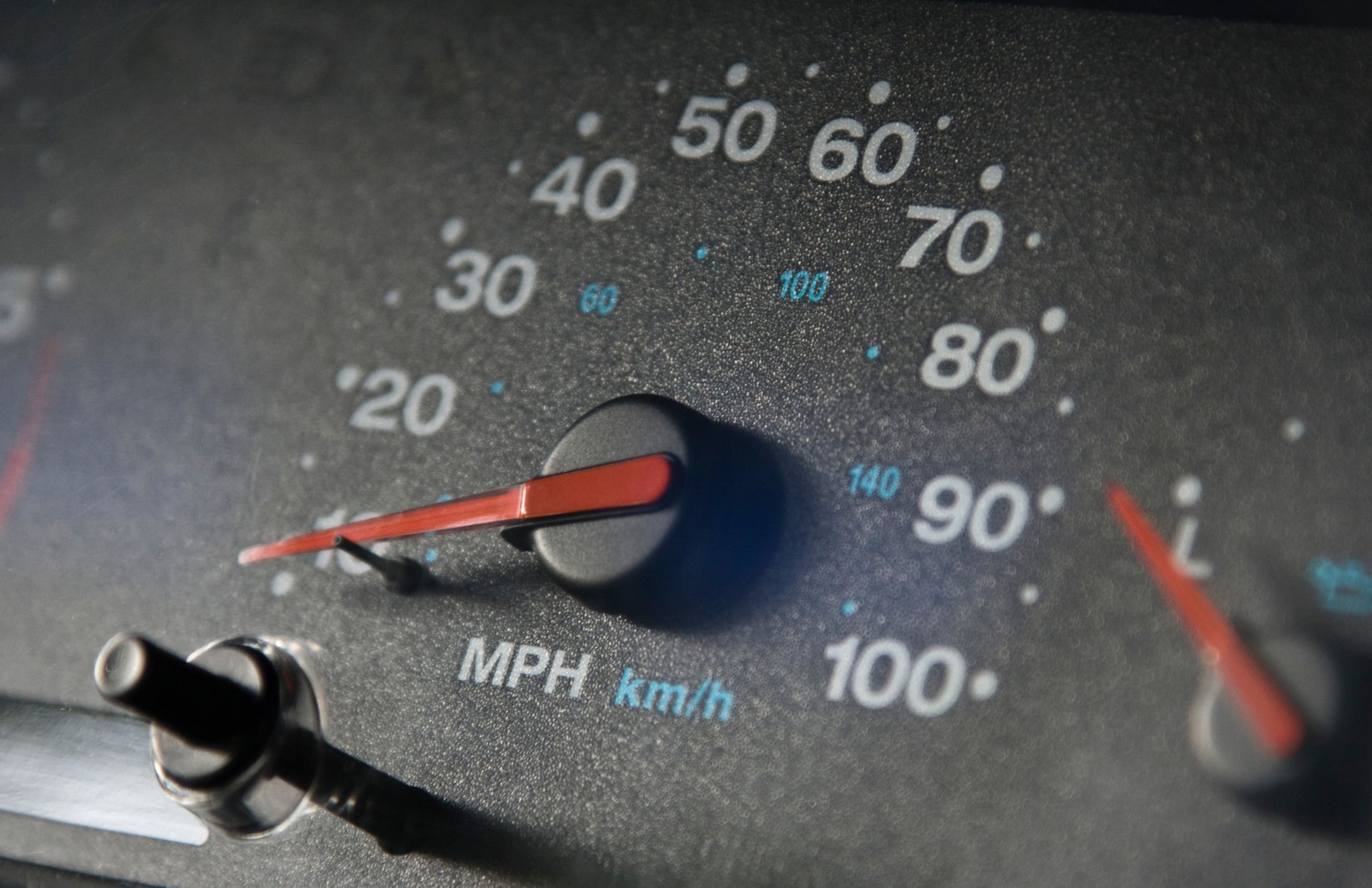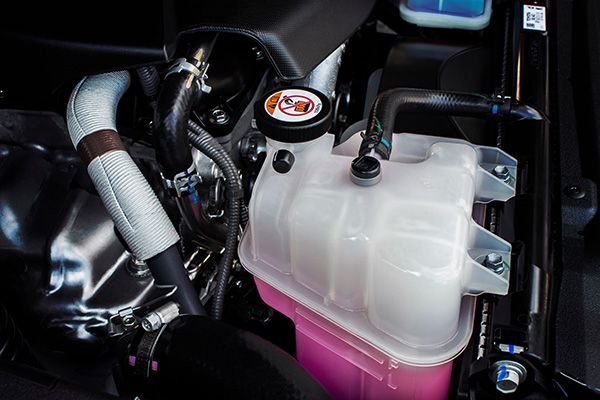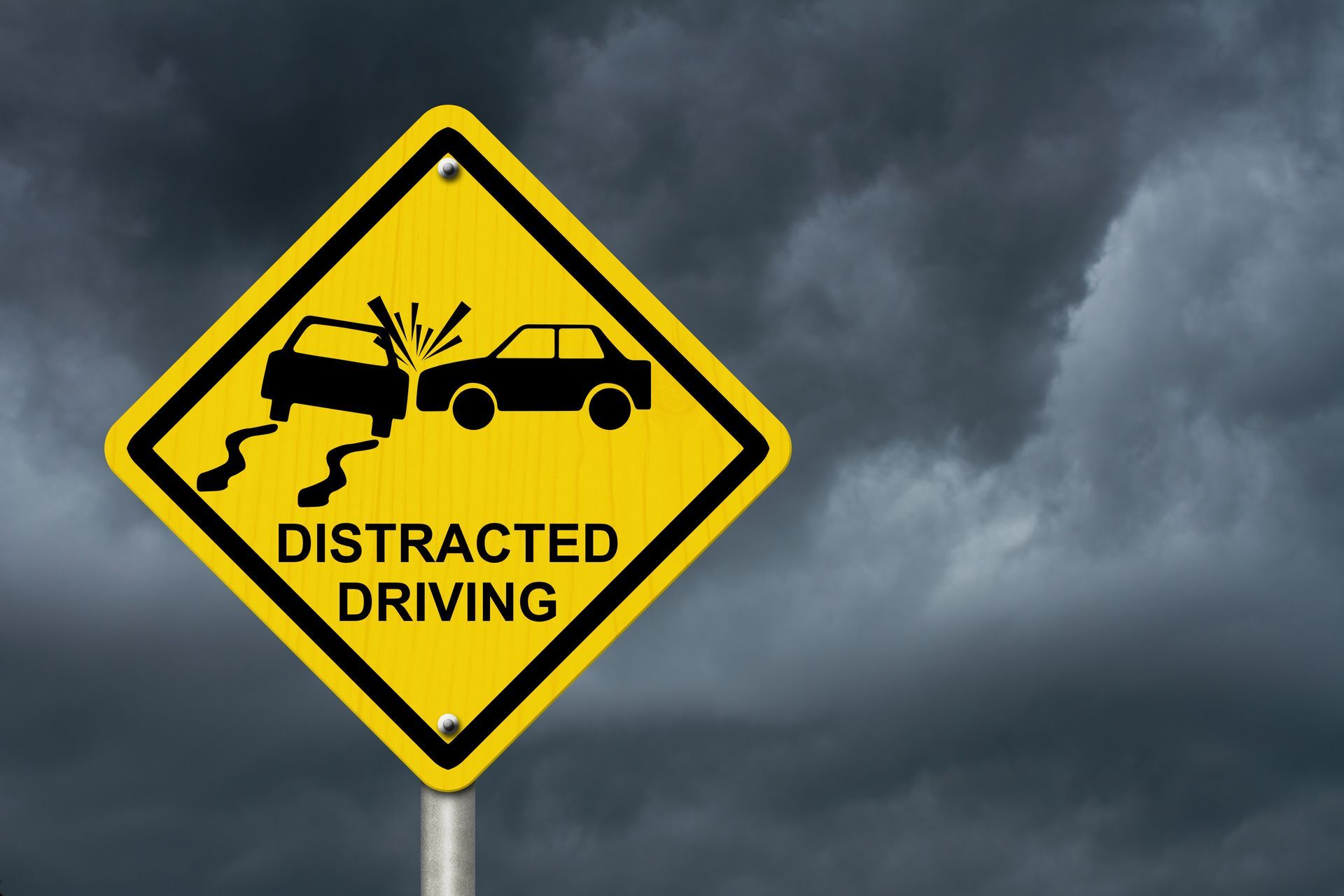Parking brake adjustment is a maintenance procedure performed to ensure that the parking brake (also known as the handbrake or emergency brake) in a vehicle operates correctly and securely. The parking brake is a crucial safety feature that helps keep a parked vehicle from moving, especially on inclines. Over time, the parking brake cable can stretch or the brake shoes or pads can wear, necessitating an adjustment. Here's an overview of how parking brake adjustment is typically done:
- Engage Parking Brake: Start by engaging the parking brake to assess its effectiveness. If the parking brake lever or pedal travels too far or doesn't hold the vehicle securely, it may require adjustment.
- Locate Adjustment Mechanism: Depending on the vehicle's make and model, the parking brake adjustment mechanism may be located in different places. It could be under the vehicle, inside the vehicle's cabin near the parking brake lever, or in the rear brake assemblies. Consult your vehicle's service manual or owner's manual to locate the adjustment mechanism.
- Raise the Vehicle: If necessary, raise the vehicle securely on jack stands or a lift. This is typically required to access the rear brakes and the parking brake cable.
- Adjust Cable Tension: Most parking brake adjustments involve adjusting the tension in the parking brake cable. This is done by turning an adjusting nut or bolt on the cable until the desired tension is achieved. The goal is to have enough tension so that the parking brake holds the vehicle securely but not so much that it causes the rear brakes to drag when the parking brake is released.
- Verify Proper Operation: After making adjustments, disengage the parking brake and test its operation. Ensure that the parking brake holds the vehicle securely when engaged and that it releases fully when disengaged. You may need to engage and disengage the parking brake multiple times to ensure it's functioning correctly.
- Check Rear Brakes: In some vehicles, the parking brake adjustment is linked to the adjustment of the rear drum or disc brakes. Be sure to check the rear brakes for proper adjustment as well, especially if they are integrated with the parking brake system.
- Lower the Vehicle: Once you're satisfied with the parking brake's adjustment and operation, lower the vehicle if it was raised.
Parking brake adjustment is a routine maintenance task, but it's essential for safety. An improperly adjusted parking brake can fail to hold the vehicle, leading to accidents or damage. If you're not comfortable performing this adjustment yourself, it's advisable to have it done by a qualified mechanic or technician to ensure that it's done correctly. Additionally, some vehicles may have specific procedures or requirements for parking brake adjustment, so consulting your vehicle's service manual or seeking professional assistance is recommended.

